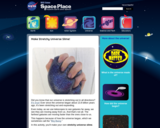
In this activity, you'll make your own stretchy universe slime.
- Subject:
- Science
- Material Type:
- Activity/Lab
- Provider:
- NASA
- Provider Set:
- Space Place
- Date Added:
- 06/06/2022

In this activity, you'll make your own stretchy universe slime.

Do you think you know everything about the planets?? Come see how strong of a password you can make for the planets!

In this analysis and discussion activity, students learn how the function of cells, organs and organ systems is related to structure (including shape, constituent components, and relationships between components). Students analyze multiple examples of the relationship between structure and function in diverse eukaryotic cells and in the digestive system. In addition, students learn that cells are dynamic structures with constant activity and they learn how body systems interact to accomplish important functions.
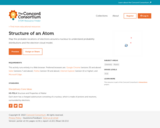
Map the probable locations of electrons around a nucleus to understand probability distributions and the electron cloud model.
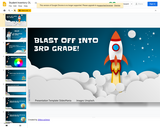
Model for an interactive introductory presentation for students who are distance learning. Created for 3rd graders, but can be adapted for other ages.
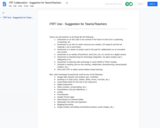
Great list of ways that Teams and Teachers in your division can collaborate with their ITRTs. Patrick Hausammann of Clarke put this together and it is a great starting point for your own list!
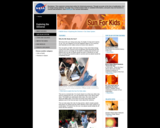
The Sunspotters program of the Student Observation Network (SON) is excellent for grades K +12. There are activities for all grades available. You or your students may think of other questions to investigate that can lead to open inquiry by using live and archived data. By collecting and analyzing real-time data from student telescopes, professional observatories, and NASA satellites, they can carry out the same duties as NASA researchers!
In Sunspotters you will learn:
How to instruct students in the construction and use of simple solar telescopes to observe sunspots and to predict which sunspots are most likely to produce solar flares or coronal mass ejections,
How to enable students to obtain and interpret data from ground-based professional observatories,
How to enable students to obtain and interpret data from NASA satellites.

While 4th grade students are learning about space, this is a great resource to enhance students’ understanding of the solar system.

How does solar radiation interact with the Earth and its atmosphere to cause global warming? Use this model to see what's going on at the molecular level. Watch the effects of sunlight and then watch the effects of infrared radiation, also known as heat radiation, on the ground and on carbon dioxide, a greenhouse gas.

In this lesson, students will explore the concept that the sun heats the earth while also creating a sequence of ordered instructions for making sun-sational s’mores.

In this lesson, students will use a computer simulation/model that represents natural selection and observe the results of the computer simulation. By playing with the simulation, they will be strengthening their overall understanding of natural selection and how it impacts population growth and ability to survive. They will also be practicing and analyzing data and drawing conclusions.

Ryan Dixon of Virginia Beach developed this website to support students and parents as they move to virtual learning. Feel free to use this idea for your own students and parents web site!

As humans continue to move across and dominate the open landscapes of North America, transforming diverse native ecosystems into managed areas for crops, livestock, or even simply for aesthetics, our native residents and transient wildlife lose habitat. That is why it is up to all of us – landowners and managers, farmers, and homeowners — to make decisions to oversee a multi-use landscape, one which both wildlife and humans can utilize for the benefit of all. For more information and classroom activities, please visit The Wildlife Center of Virginia and VPM UNTAMED websites.

In the Swimming with the Fishes: How Changes in Temperature Impact Survival game, students explore how changing water temperatures impact the survival of different fish species over 100 years. Concepts addressed in the game include the difference between climate and weather, how cold-blooded vs. warm-blooded animals adapt to temperature, and environmental changes over time. There are two versions: a single-player version or a multiplayer version which is designed to be facilitated by a teacher while projecting the activity on a large screen in a whole class or small group setting so that all participants can simultaneously view the gameplay.
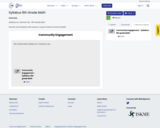
Syllabus for Teacher Use. 8th Grade MathParents and Students will receive a copy for Back to School Week!
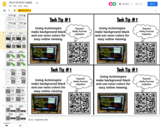
Blenna Patterson and Darlene Lane of Radford developed these short, printable reminders about using technology tools, to accompany their Tech Tips videos (see https://sites.google.com/rcps.org/rcpsplc/tech-tips)

Manipulate the magnitude of charges on two objects to get a third positively charged particle to hit a target.

Drag the location of charges to get a positively charged particle to the target while observing forces and fields.
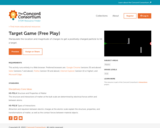
Manipulate the location and magnitude of charges to get a positively charged particle to hit a target.

Grade 3 Science: Local alternative assessments, including performance assessments, are to be administered in place of the eliminated Standards of Learning test. Appropriate testing conditions for the administration of local alternative assessments in Grade 3 Science are determined by the local school division. This resource is to support teachers in the use of the Scientific Investigation Common Rubric.